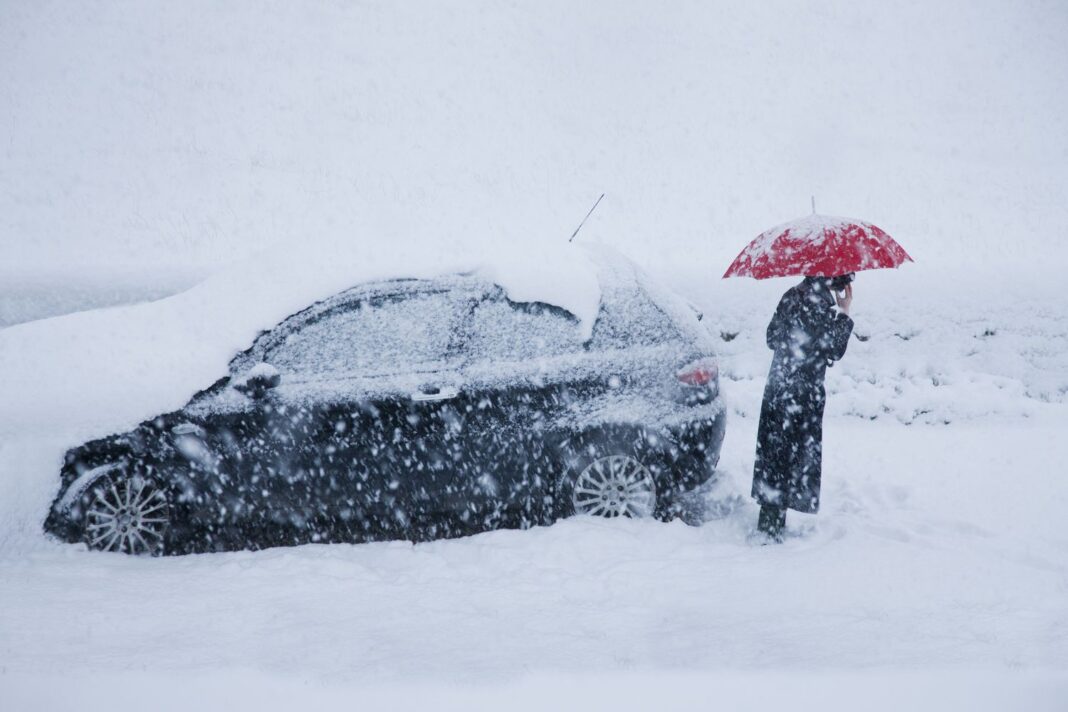Staying Warm and Preparing for Emergencies During a Winter Freeze
The best way to stay warm is by staying indoors and limiting your overall exposure to frigid temperatures. Staying outdoors for a long time during extremely cold temperatures can lead to hypothermia and frostbite.
Warning Signs and Symptoms of Hypothermia
If you’re outdoors when it’s freezing, pay close attention to the warning signs and symptoms of hypothermia, which include:
- Shivering
- Exhaustion
- Confusion
- Memory loss
- Slurred speech
- Drowsiness
Precautions to Take When Going Outside
When you do need to go outside, make sure to wear clothes that cover your body parts, such as a scarf that covers your face and mouth, a hat, gloves, a water-resistant coat, and boots. You can also add instant heat packets, such as HotHands, under your clothes or hats and gloves. These packets trap heat and provide an extra layer of warmth.
Frostbite Prevention
Most often, frostbite affects the nose, ears, toes, cheeks, chin, and fingers. If you notice redness or pain in any skin area, it might be an early sign of frostbite.
Preparing for a Winter Freeze
Extreme weather events can trigger food hoarding and stockpiling. While you shouldn’t hoard food and exacerbate the issue, it’s a good idea to keep a few items in your pantry. Stock up on nutritious and protein-rich foods, especially in the event of a power outage, said Rachel Dowty Beech, PhD, assistant professor of the Emergency Management Program at the University of New Haven.
Additional Tips for Power Outages
When preparing for a winter freeze, it’s also essential to draw up a plan for potential power outages. Make sure your phones and electronic devices are fully charged, and check the weather daily. If the temperatures are forecast to rise above freezing within a day or two, drip your faucets to help avoid frozen pipes. Beech also recommends opening any cabinet doors, such as those in the kitchen under your sink, so the heat can easily get to the pipes and prevent them from freezing.
Driving During a Winter Freeze
Because weather conditions can be dangerous to travel in, all non-essential travel is discouraged. If travel is required, take public transportation instead of driving whenever possible. The National Weather Service advises carrying a winter survival kit in your car that has the following supplies:
- Jumper cables
- Flashlights
- First aid kit
- Baby diapers, formula, and food
- Non-perishable food
- One gallon of water
- Basic toolkit with pliers, wrench, and screwdriver
- Pet supplies
- Radio (battery or hand-cranked)
- Cat litter or sand for better tire traction
- Shovel to dig out, if needed
- Ice scraper
- Extra clothes and blankets
What This Means for You
During freezing temperatures, it’s best to stay indoors. If you need to go outside, wear multiple layers of clothing, such as thermal wear, and add instant heat packets under your clothes for added warmth.
Conclusion
By following these tips, you can stay safe and warm during a winter freeze. Remember to prioritize your health, prepare for emergencies, and take necessary precautions when going outside. Stay informed about weather conditions, and stay safe!





